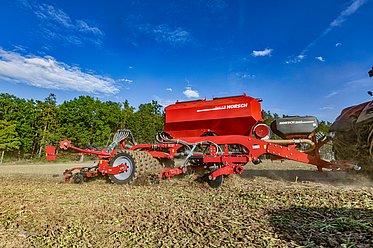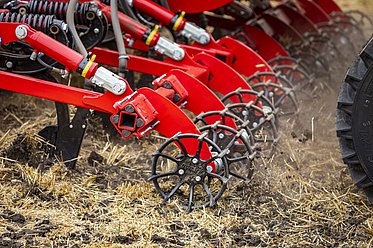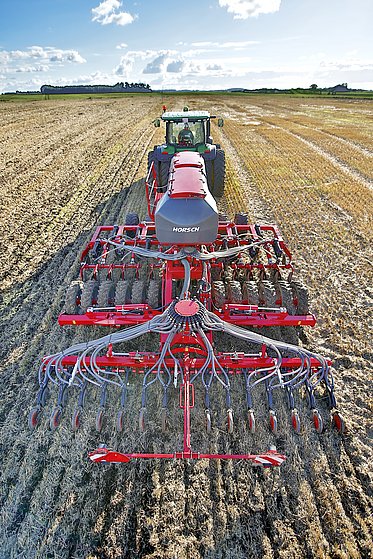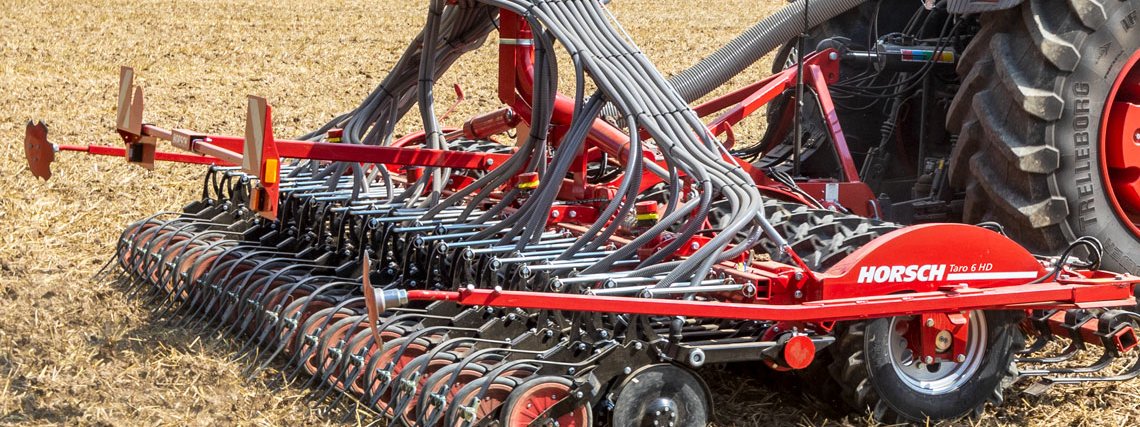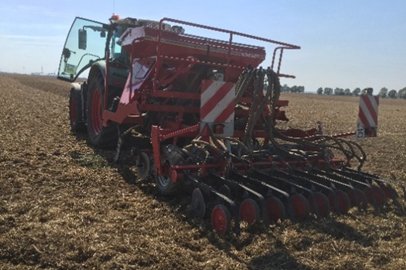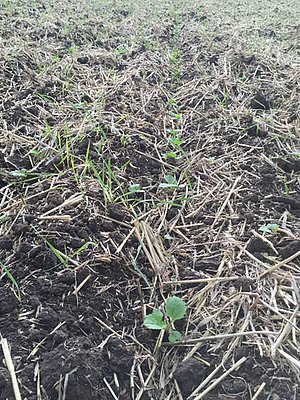Focus on fertiliser
Average reading time: 3 min
Not only on the farms, but also in society as a whole.
The topic “fertiliser“ has already been present in the media for several years: farmers have to struggle with fertiliser prices they hardly have an influence on. Moreover, society and the farmers, too, mutually demand a respectful interaction. The term often stands for climate damage and environmental pollution. But we need nutrients respectively fertiliser to be able to produce food as efficiently as possible.
It seems only logical to get the whole matter under control by means of a broader knowledge of customised plant nutrition and the correct placement of fertiliser. Thus, it is considerably easier for farmers to influence the costs. Moreover, economic use of fertiliser goes hand in hand with an environmentally friendly production of food.
And this is where the technical solutions for a targeted application of nutrients come in: Can innovative fertilising systems increase the efficiency of the nutrient input?
A joint research project is to shed light on this question!
This is what we wanted to find out within the scope of a joint research project in co-operation with the DLG and the Federal Ministry for Agriculture and Food. We examined the effects depending on the fertiliser placement for phosphor. The test started in 2016 with the autumn sowing season and lasted three years. To be able to compare the fertilising technologies and the application rates we set up unfertilised lots, widely fertilised lots and lots with deep fertilisation. The fertiliser quantities were chosen according to the guide value and to the removal.
For deep fertilisation we used a HORSCH Focus TD. In one pass, it carries out fertilisation, the previous loosening of the soil and the following sowing. The machine was specially built for this test as a three-meter version for 3-point linkage. The Focus principle, however, was adapted from the serial machines. During the whole test series, the HORSCH LD Plus point was used for loosening and fertilisation. With this point, it is possible to apply fertiliser on two different horizons. During the test we used the deep fertilisation version where a fertiliser band below the seed is placed as deeply as possible in the soil.
The quintessence of the test series
The results of the deep fertilisation were astounding. The phosphor concentration in the upper 10 cm were similarily low as in the unfertilised version. Due to the targeted placement the surface was not enriched further, the attraction effect of the phosphor on the root development was kept up. Thus, it was possible to potentially minimize the draining or the removal of near-surface nutrients.
In winter rape as well as in winter wheat a phosphor input resulted in yield advantages compared to the unfertilised version. However, it was not possible to deduce any advantages from the fertiliser quantity according to the removal and the guide value. The form of the fertiliser, too, did not show a significant effect.
During the three years, the Focus TD technology convinced for all versions and proved its practicability on independent test sites. The combination of the three passes loosening, fertilising and sowing achieved good results and was presented to a broader public.
History of the Focus
The Focus TD technology was and still is taken care of and developed further very intensively at HORSCH. The first pre-series machines of this line were already launched in 2009.
With regard to seedbed quality another tool was developed based on intensive discussions with farmers and practice observations. The so-called “crumbling levelling“ can be mounted additionally in front of the packer of the Focus TD and guarantees an increased production of fine earth for an optimum embedding of the seed. This makes sense and is mainly required on heavier soils with an increased share of clay and/or a lower silt content. With the introduction of the Focus 3 TD in spring 2021 this technology became accessible for smaller farms and/ or for farms with smaller average field sizes.
